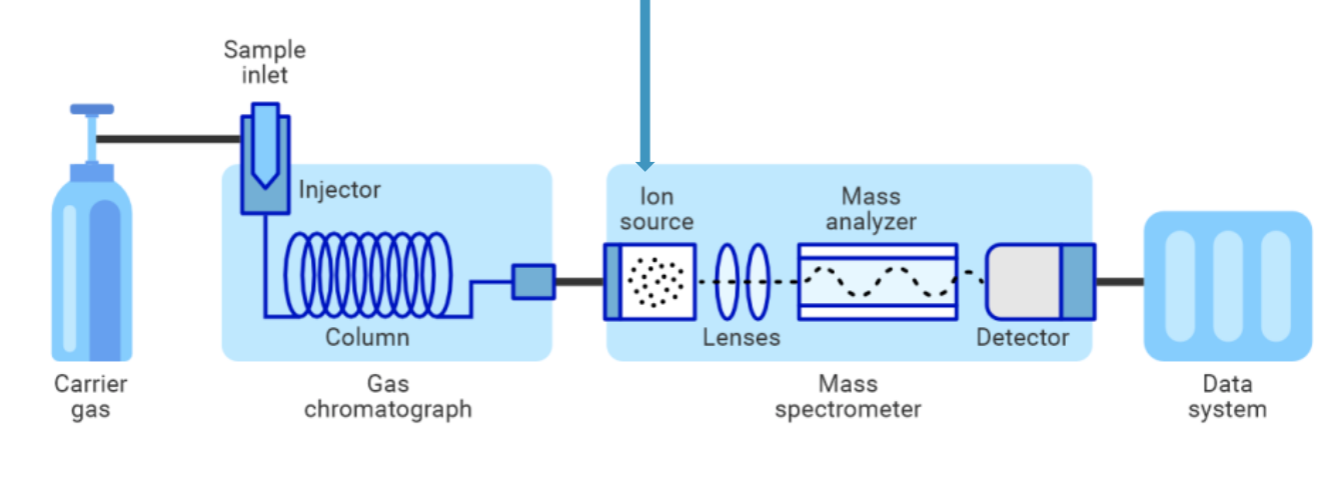Analytical Forensic Toxicology Exam 2
1/41
Earn XP
Description and Tags
GC, Sample Prep
Name | Mastery | Learn | Test | Matching | Spaced |
|---|
No study sessions yet.
42 Terms
gc
internal standard addition
always after dilution to ensure same amount in each sample
how to choose a method
AMR chosen and capability of instrument
AMR
analytical measured range
AMR
range you can quantitate and report a value based on method validation
internal standard purpose
verification, identification, quantitation
istd verification
extraction succesful
itsd comparison
identify compound through retention time comparison
istd quantitation
calibration curve
verify before report
calibration % dev, controls in range, negative blanks, no carryover, ion ratios, itsd recover, retention time, rrt, chromatography
istd for non specific detector
similar structure, not found in sample, no shared common ion, same extraction, acceptable chromatogram
istd for mass spec
isotopically labeled version if analyte or matched
matched isotope
adding deuterium
istd accounts for
any loss in sample
standard addition
generate quant results within sample instead of performing external
standard addition common use
difficult matrix like liver tissues
low pka=
stronger acid=donates proton more
pH variable dependent on
matrix and/or extraction solvent
__ ideal
2 pH units away from pKa
amphoteric compounds
has both acidic and basic groups, act as either
zwitterion
has both a pos and neg charge at the same time
direct analysis sample prep types
enzyme immunoassay, headspace
dilute and shoot pros
simple, cheap, easy
dilute and shoot cons
potential loss of recovery by diluting analyte
protein precipitation
dilution and take out matrix components by denaturing proteins
types of extraction
LLE, SPE, SLE, PLD
LLE
liquid liquid extraction
SPE
solid phase extraction
SLE
supported liquid extraction
PLD
phospholipid depletion
derivatization limitation
can make the molecule too large to volatize
derivatization requirements
heat, time, catalyst, removal of reactant
derivatization goal
chemically react with problematic molecule in native form and convert to gc acceptable form
derivatization outcomes
improve chromatogram, differentiate optical isomers, create charge for LCMS
gc main contaminants
oxygen, moisture, hydrocarbon
Mass spec instrument components
sample introduction, transfer region, high vacuum, pumps, ionization source, analyzer, detector, data processor
GCMS diagram

electron ionization
disrupt electron cloud to cause loss of an electron and create a radical catio
base peak
ion with the greatest relative abundance
molecular ion
parent compound minus one electron
acylation functional group
silylation functional groups